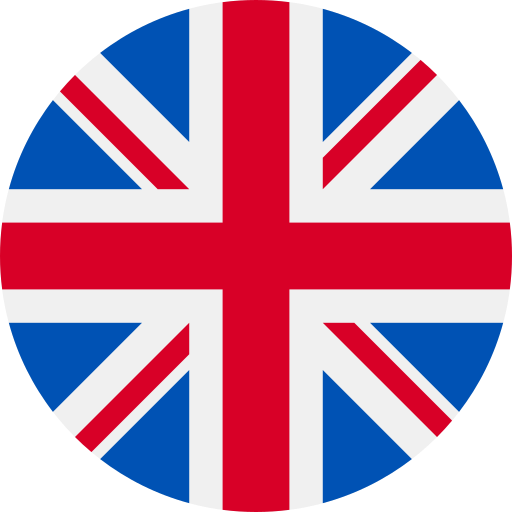A product map visually represents your product, highlighting the different features and user personas. It is a great way to communicate the value of your product to others, especially if they have little experience with it.
A product map can help you organize your sales team and identify the best ways to approach each customer with the right product at the right time. A well-designed product map can be used to plan and communicate with users, stakeholders, and other team members. Here are six ways a product map can improve your sales productivity:
1. Uncover Opportunities for upselling and cross-selling.
Product mapping shows you which products are often brought together- and why. You can use this information to identify opportunities to sell related products, whether they are items that go together or complementary services or products with similar benefits.
For example, if someone is looking at a $99 product, you might be able to suggest they also buy the $199 product that goes along with it.
2. Identify Common Question
Product mapping is a great way to organize your product catalog and discover what questions people ask about your product. This helps you understand how people see these products and how they want to use them. Information can help you create content that addresses your customers’ needs so that they become more engaged with your brand.
3. Map Out Your Sales Funnel
Businesses need to have clear and easy-to-follow sales funnels because it makes it easier for customers to purchase from them without any hassle or confusion on their part. Mapping out your sales funnel also helps you identify gaps in the process so that you can improve upon it by adding more steps or removing unnecessary ones altogether. Product mapping can also be an effective tool for creating or updating your sales funnel.
4. Improve Product Presentations
Presenting your product to potential customers is a crucial part of selling. But what if you spend hours preparing and presenting the perfect product, and they still need to buy it?
The problem may be that you need to speak to their needs. Once you understand those needs, you can better communicate why your product is the right choice for them.
Product mapping visually represents how your product fits into the customer’s workflow. It helps you identify gaps where your product can fill in those gaps and create value for the customer.
5. Provide Better Support for Your Sales Team
The main goal of product mapping is to provide a comprehensive overview of your company’s products and services. This includes an explanation of all the components that make up the system, what they do, and how they work together.
It also explains how each component fits into the big picture and contributes to your business’s overall success. The more detailed this information is, the easier it will be for your sales team to understand how everything works and how each component relates to the other.
6. Help Increase Revenue Per Customer
Product mapping helps you know what particular product customers are buying most often. This, in turn, helps you determine which product features will satisfy those needs. This leads to increased revenue per customer, which means more profits for your business.














